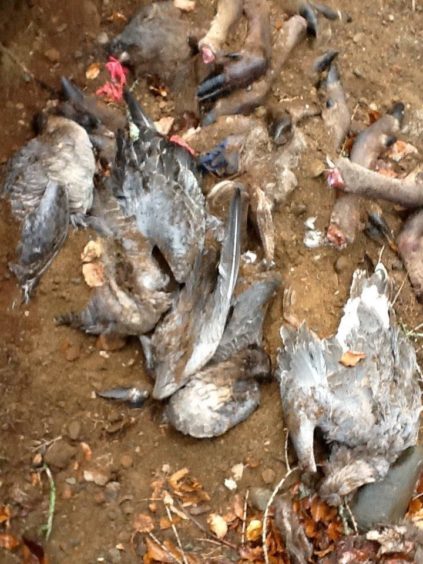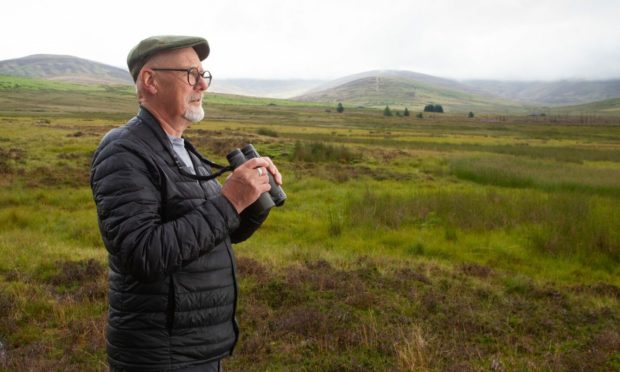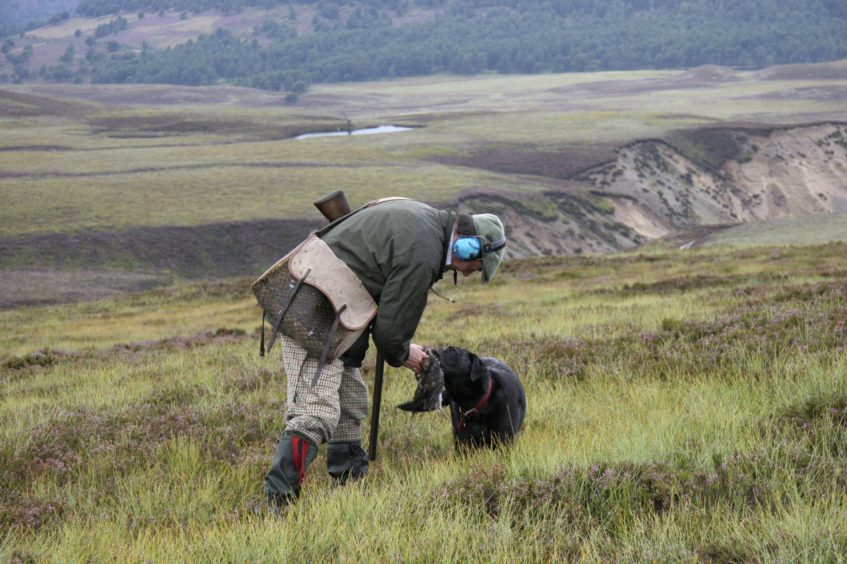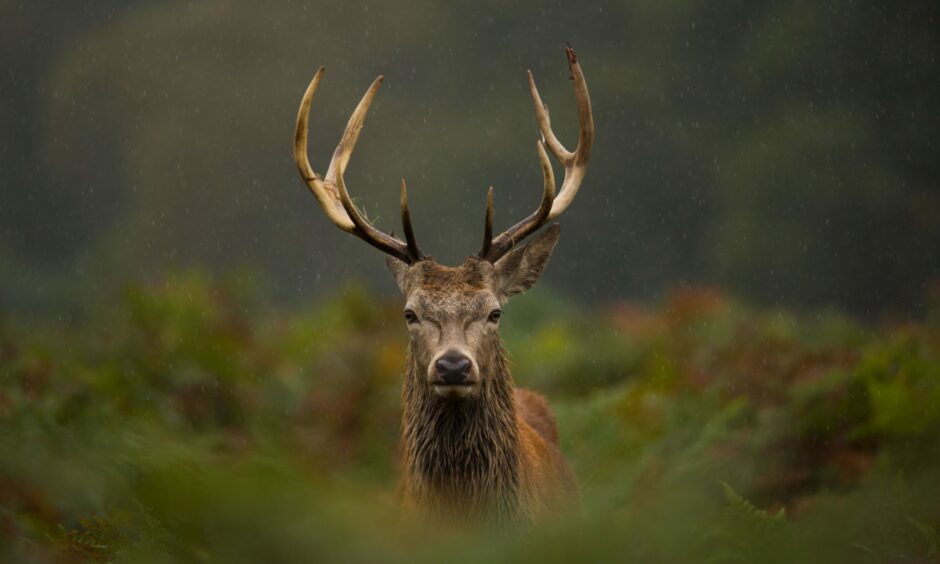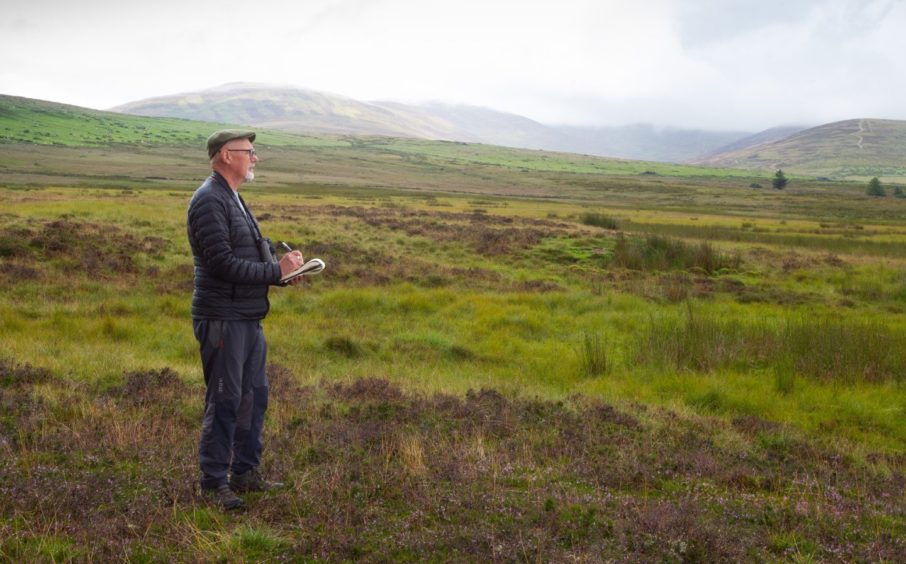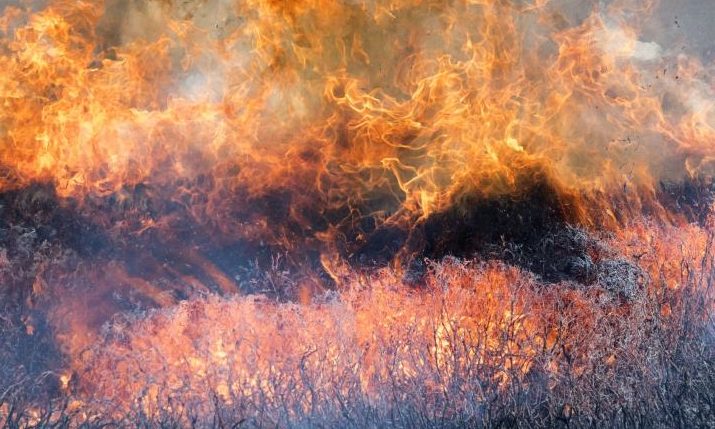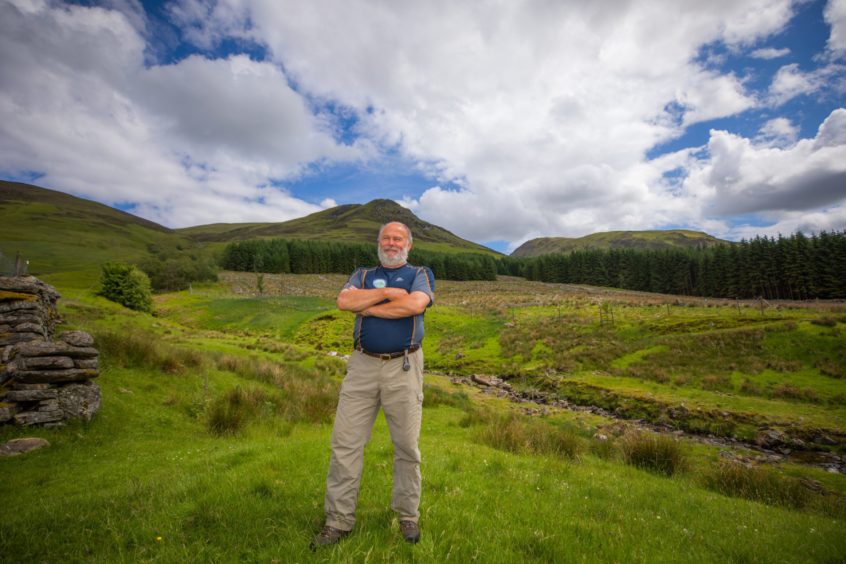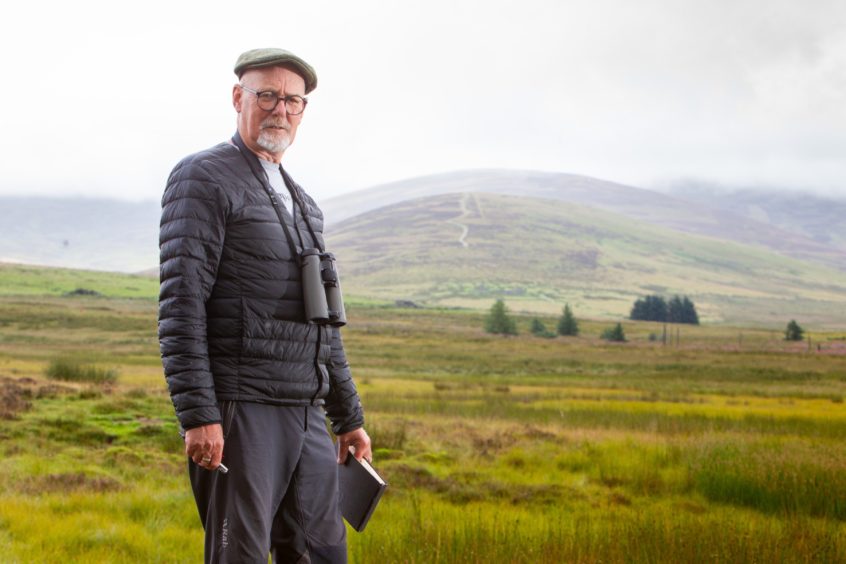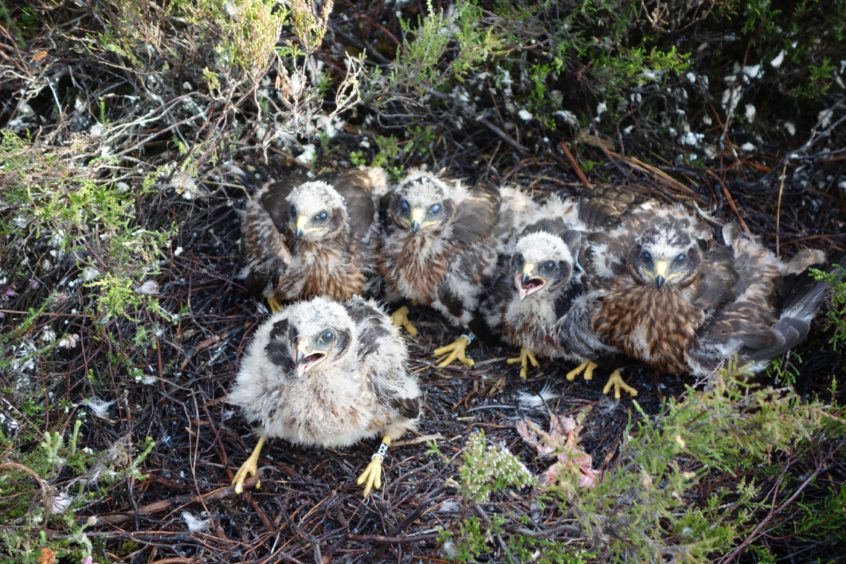The days of the so-called Glorious Twelfth are numbered, according to an anti-shooting campaigner in Angus.
David Mitchell moved to Kirriemuir from Dundee 16 years ago to be closer to nature.
Spending more time in the Angus Glens, he became suspicious of practises carried out by some gamekeepers to protect grouse.
There have been claims across the country that anything posing a threat to grouse, including protected raptors, are targeted by gamekeepers to keep numbers of the game bird high.
August 12, often called the Glorious Twelfth by gamekeepers, marks the start of the shooting season at estates across Britain, including Angus and Perthshire.
The industry has had a difficult few years — partly because of coronavirus’ impact on travel and partly because unpredictable seasons have hurt grouse numbers.
We speak to David about why he campaigns against the tradition and why he thinks public perception means it is coming to an end.
“They do all these things to protect the grouse up until August, only for all these rich people to come and kill them.
David Mitchell
Later in the week, we will speak to a Perthshire business who claims the Glorious Twelfth is vital to their income and the overall local economies of places like Angus and Perthshire.
The Angus Glens Moorland Group has always denied any wrongdoing and claim their land management helps nature thrive.
What has David seen?
David, who is originally from Surrey but has spent most of his life in Scotland, has long been a fan of the great outdoors.
The retired graphic artist decided to move to Kirriemuir nearly two decades ago to spend even more time in the Glens.
“I was shocked that I was spending all this time in nature and I didn’t know what was going on until I moved closer and spent more time there.”
He has taken pictures of his findings, some of which have been shared by Channel 4 news.
Among the most difficult things he has come across is watching a trapped weasel take its last breath and the use of stink pits.
That practice sees a hole dug and animal carcasses thrown in to lure other animals such as foxes. The pits are sometimes surrounded by snares to capture hunter species.
“Once in a stink pit I saw a red steer stag with its antlers cut off.
“The so-called ‘Monarch of the Glen’, this revered animal, treated so disrespectfully. It’s shocking.”
Heather burning
David also criticises the burning of heather. He claims this is done primarily because grouse prefer lower lying heather.
Gamekeepers insist the burning of heather helps keep it healthy, allowing younger foliage underneath to grow.
But David isn’t buying it.
“What happened centuries ago before land management?” he mused.
David also highlights the potential environmental impact.
“A lot of these heathers are lying on peatland, which when damaged release lots of carbon.
“When you hear we are in a code red, that is bad,” he said, referencing the recent report outlining the pressure human activity is having on the planet.
Heather burning has been outlawed in parts of England.
A war of words
Scottish gamekeepers have recently shared their experiences of receiving abuse from campaigners.
Mike Holliday, of Glenample Estate, shared an incident which saw his wife and daughter, then a child, so scared of campaigners hurling abuse at them that they hid in a kennel.
That incident, which happened about 20 years ago, was one of the worst, but Mike said abuse was a regular part of gamekeepers’ lives.
However, David says it goes both ways and that he has received his fair share of abuse.
One such incident on social media saw accusations that he was fabricating his findings.
“Through a mutual friend, who just so happens to be a gamekeeper, I told them if they didn’t take that down I would be in touch with my solicitor. And low and behold, it was gone, because they knew it was lies.
“But I wish I took screen grabs of the comments, because I was being called every name under the sun.
“They say they are facing abuse, but if anything it’s the other way round.”
David claims gamekeepers will often take pictures of his car’s registration plate, which he thinks is an attempt to intimidate him.
What other objections does he have?
David also finds it galling when estates boast about raptors nesting on their land, such as when hen harriers fledged in the Angus Glens last year.
“They go on about being the home of nature when a pair of hen harriers successfully nest, but there should be 30 or 40 pairs in these parts,” he said.
“When they go on about that, it’s just tokenism.”
David has been up close and personal with some nests as he has been made an agent with the British Trust for Ornithology through a member because of his work.
“I don’t like going up close because I just want nature to be, but when I have had to have a look it’s an amazing experience.”
Are the days of the Glorious Twelfth numbered in Angus?
David certainly thinks so.
He said: “Public knowledge is increasing thanks to campaigners such as Chris Packham and the Raptor Persecution blog.
“Obviously these land owners have a lot of money and with that comes influence, but politicians can’t ignore the public perception and feeling forever.”
He is hopeful that legislation promised by the Scottish Government, which should introduce a licencing system, will help.
“Grouse-driven shooting is one of the only industries like that I can think of that isn’t licenced,” David said.
“If the government can produce legislation that isn’t full of loopholes, then I do think the writing is on the walls for the worst practices in driven-grouse shooting.”
A balanced approach?
David insists he is not against shooting per se, and thinks if people want to do ‘walk-up shooting’, then that is “fair enough”.
His issue is the supposed over management of rural landscapes, which sees anything that is a threat to grouse driven out.
“They do all these things to protect the grouse up until August, only for all these rich people to come and kill them. It’s ludicrous.”
Some of David’s gruesome finds
Warning, some readers may find these images upsetting.
David will often take pictures when he comes across something questionable to record it.
We share a small handful of his images below, but as they show injured and dead animals some people may find this distressing. Please bear this in mind before scrolling further.
We start off with an example of heather burning:
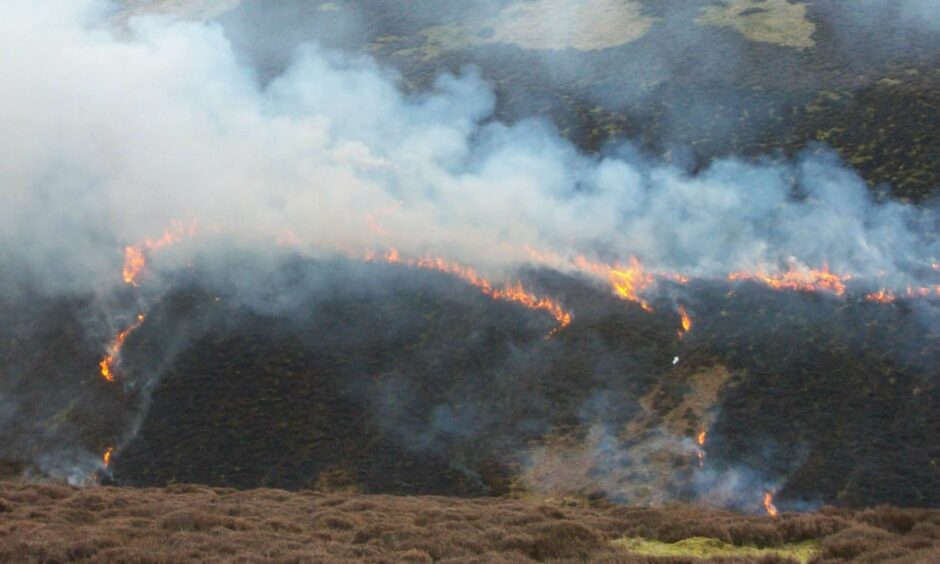
And here is a snare: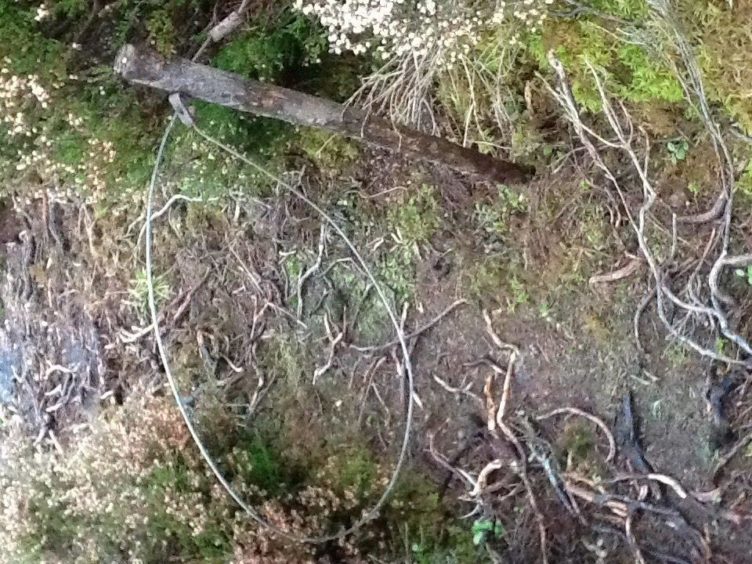
An animal caught in a trap:
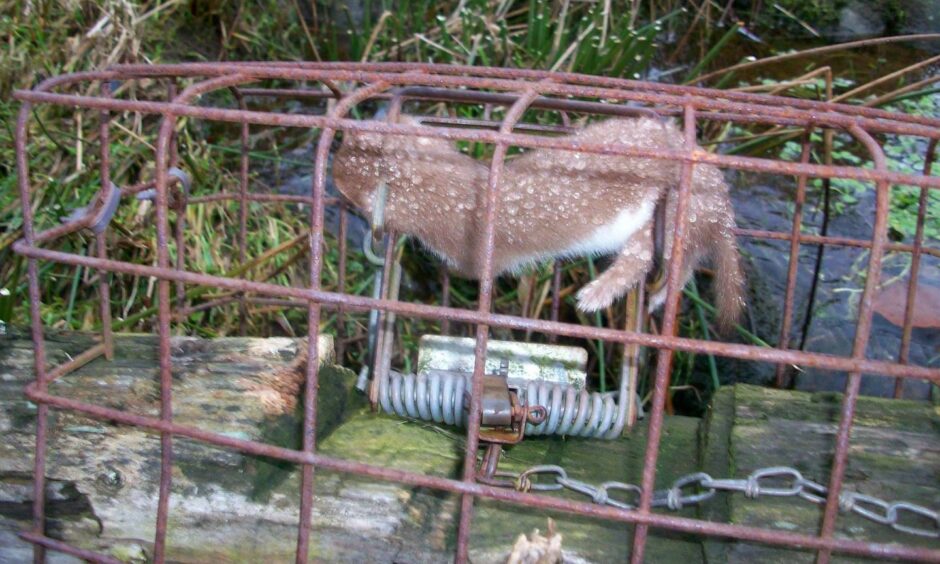
A dead rabbit:
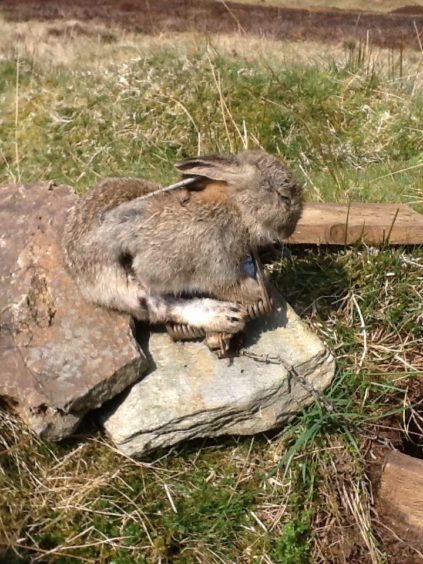
A bird caught in a trap:
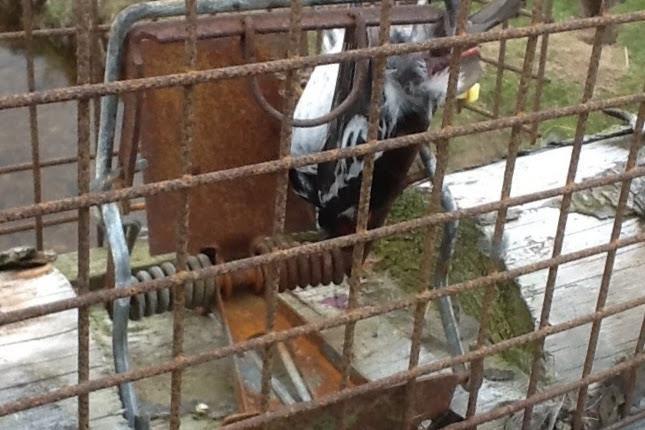
And a stink pit, which David finds particularly upsetting:
